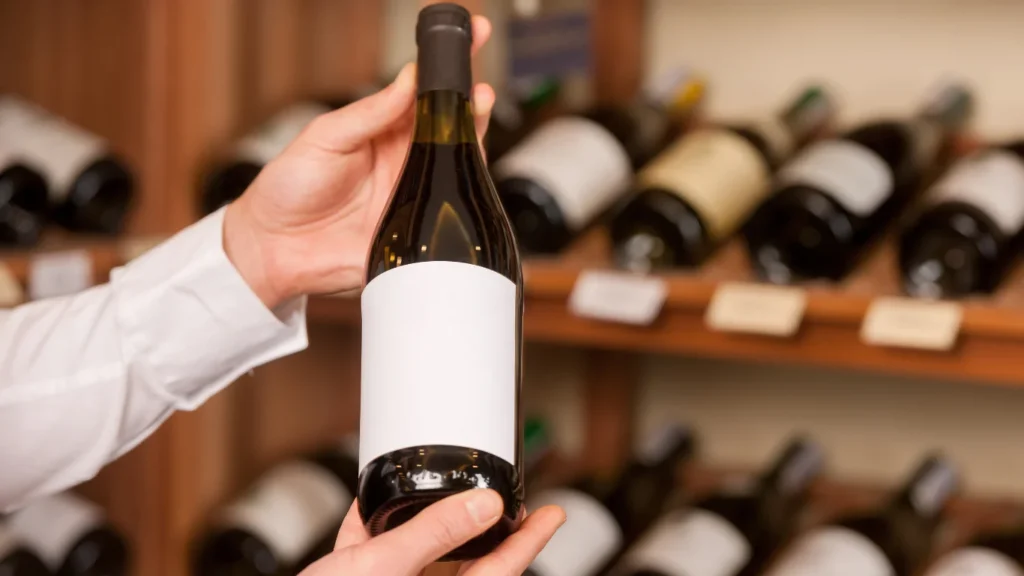Investing in wine has grown increasingly popular over the past few decades, attracting collectors and investors alike. Fine wines can not only provide a lucrative return on investment but also offer the added enjoyment of owning and potentially tasting some of the world’s most celebrated vintages. This blog post offers insights into the world of wine investment, including tips for beginners on what wines hold value and how to start a collection, along with some lesser-known facts to guide your investment journey.
Why invest in wine?
Wine investment offers several unique benefits:
Tangible asset: unlike stocks or bonds, wine is a physical asset that can be enjoyed and appreciated.
Historical performance: fine wine has shown strong historical performance, often outpacing traditional investments.
Diversification: investing in wine provides portfolio diversification, reducing overall risk.
Cultural and enjoyment value: collecting fine wines can be a rewarding hobby, combining cultural appreciation with potential financial gains.
Stat insight: according to the liv-ex fine wine 1000 index, the fine wine market has delivered an average annual return of 13.6% over the past 15 years, outperforming many traditional investment assets.
Understanding the wine investment market
The wine investment market can be complex, but understanding the basics can help you make informed decisions.
Key factors influencing wine value
Provenance: the wine’s origin, history, and authenticity are crucial. Well-documented provenance enhances a wine’s value.
Vintage quality: certain vintages are more sought after due to ideal growing conditions, leading to higher quality wines.
Winery reputation: wines from renowned producers tend to hold and increase in value.
Scarcity: limited production and age-worthiness contribute to a wine’s rarity and desirability.
Market demand: trends and consumer preferences can impact wine prices.
Popular investment-grade wines
Bordeaux: bordeaux wines, especially from premier châteaux like lafite rothschild, margaux, and latour, are classic investment choices.
Burgundy: burgundy wines, particularly from domaine de la romanée-conti and domaine leroy, are highly prized.
Champagne: prestige cuvées from producers like dom pérignon and krug can be excellent investments.
Super tuscans: italian wines like sassicaia, ornellaia, and tignanello have shown strong investment potential.
California cult wines: wines from producers like screaming eagle, harlan estate, and opus one are popular among investors.
Stat insight: a study by cult wines found that top bordeaux wines appreciated by an average of 5-10% annually over the past decade, with some vintages showing even higher returns.
Tips for beginners
Starting your wine collection
Research and education: learn about wine regions, producers, and vintages. Attend wine tastings, read books, and follow market reports to build your knowledge.
Set a budget: determine how much you’re willing to invest and stick to your budget. Remember that wine investment also includes storage and insurance costs.
Buy from reputable sources: purchase wines from established merchants, auction houses, or directly from wineries to ensure authenticity and quality.
Focus on provenance: ensure the wines have well-documented provenance and have been stored under optimal conditions.
Diversify your portfolio: invest in a range of wines from different regions and producers to spread risk.
Storing your wine
Proper storage is essential to preserve the value and quality of your investment.
Temperature: store wine at a constant temperature of around 55°f (13°c).
Humidity: maintain humidity levels between 60-70% to prevent corks from drying out.
Light and vibration: keep wines away from direct light and vibrations, which can damage the wine.
Professional storage: consider using professional wine storage facilities that offer optimal conditions and security.
Selling your wine
When it’s time to sell, consider the following steps:
Market timing: monitor market trends and sell during peak demand periods for the best returns.
Auction houses: selling through reputable auction houses can provide access to a broad audience of buyers.
Wine merchants: some wine merchants offer brokerage services to help sell your wines.
Direct sales: selling directly to collectors or through online platforms can also be an option.
Stat insight: according to a report by sotheby’s, the global fine wine auction market reached $478 million in 2019, reflecting robust demand and active trading.
Lesser-known insights
The impact of climate change
Climate change is affecting wine production worldwide, potentially altering the regions and vintages that are considered investment-grade. For instance, warming temperatures may improve wine quality in traditionally cooler regions while challenging classic areas.
Example: english sparkling wines have gained recognition and investment interest as the climate in southern england becomes more conducive to high-quality wine production.
Emerging markets
While bordeaux and burgundy dominate the investment market, regions like napa valley, the rhône valley, and piedmont are gaining traction among collectors. Exploring these emerging markets can offer opportunities for diversification and growth.
Example: wines from piedmont, particularly barolo and barbaresco, have shown strong appreciation as global interest in italian wines grows.
Conclusion
Investing in wine can be a rewarding endeavor, combining the enjoyment of fine wines with the potential for financial returns. By understanding the factors that influence wine value, starting with reputable sources, and ensuring proper storage, beginners can make informed decisions and build a valuable wine collection. As the market evolves, staying informed about trends, climate impacts, and emerging regions will help you navigate the complexities of wine investment successfully.
Whether you’re a seasoned collector or just beginning your investment journey, the world of fine wine offers a fascinating blend of culture, history, and potential profit. Cheers to making smart choices and enjoying the fruits of your investment!

